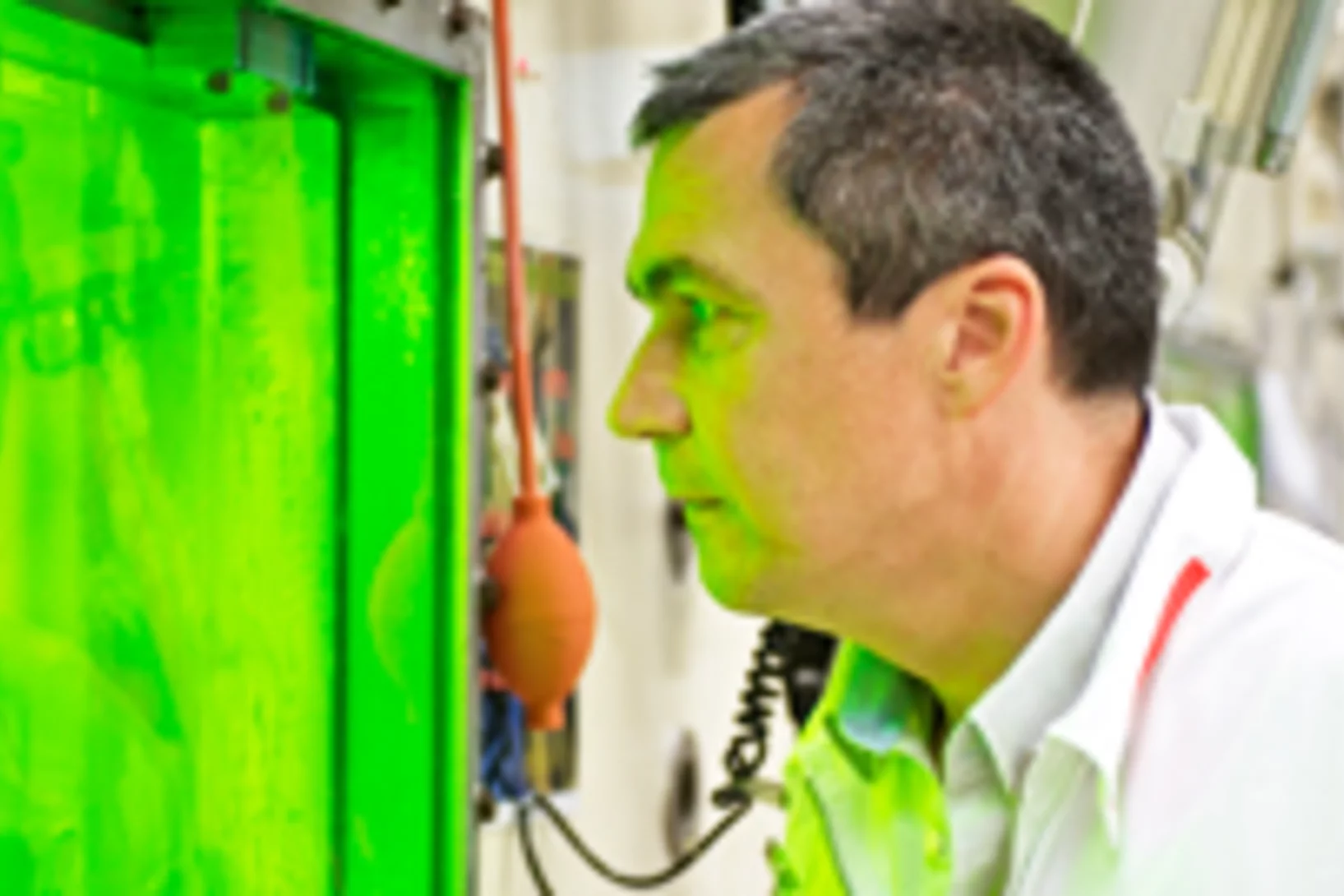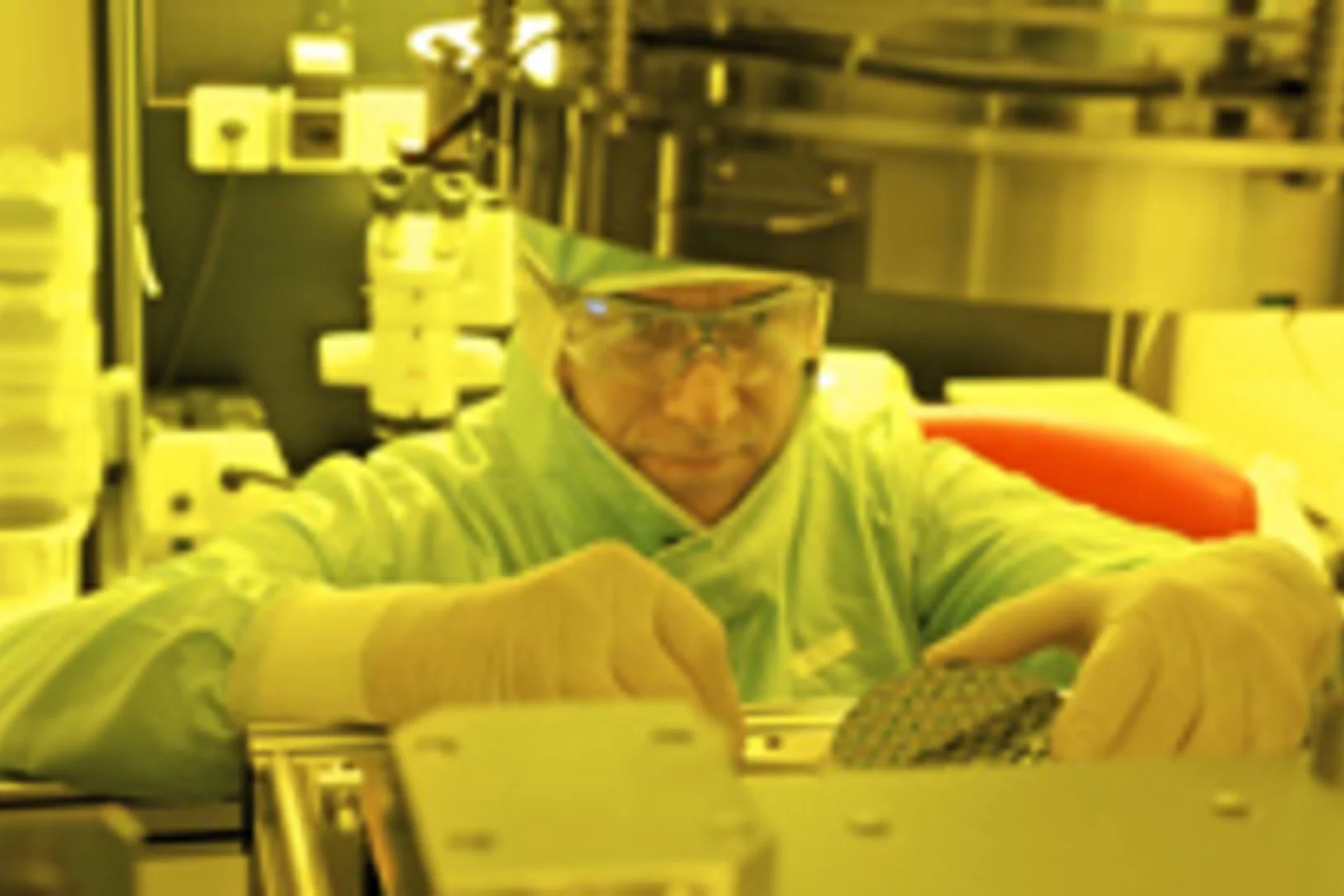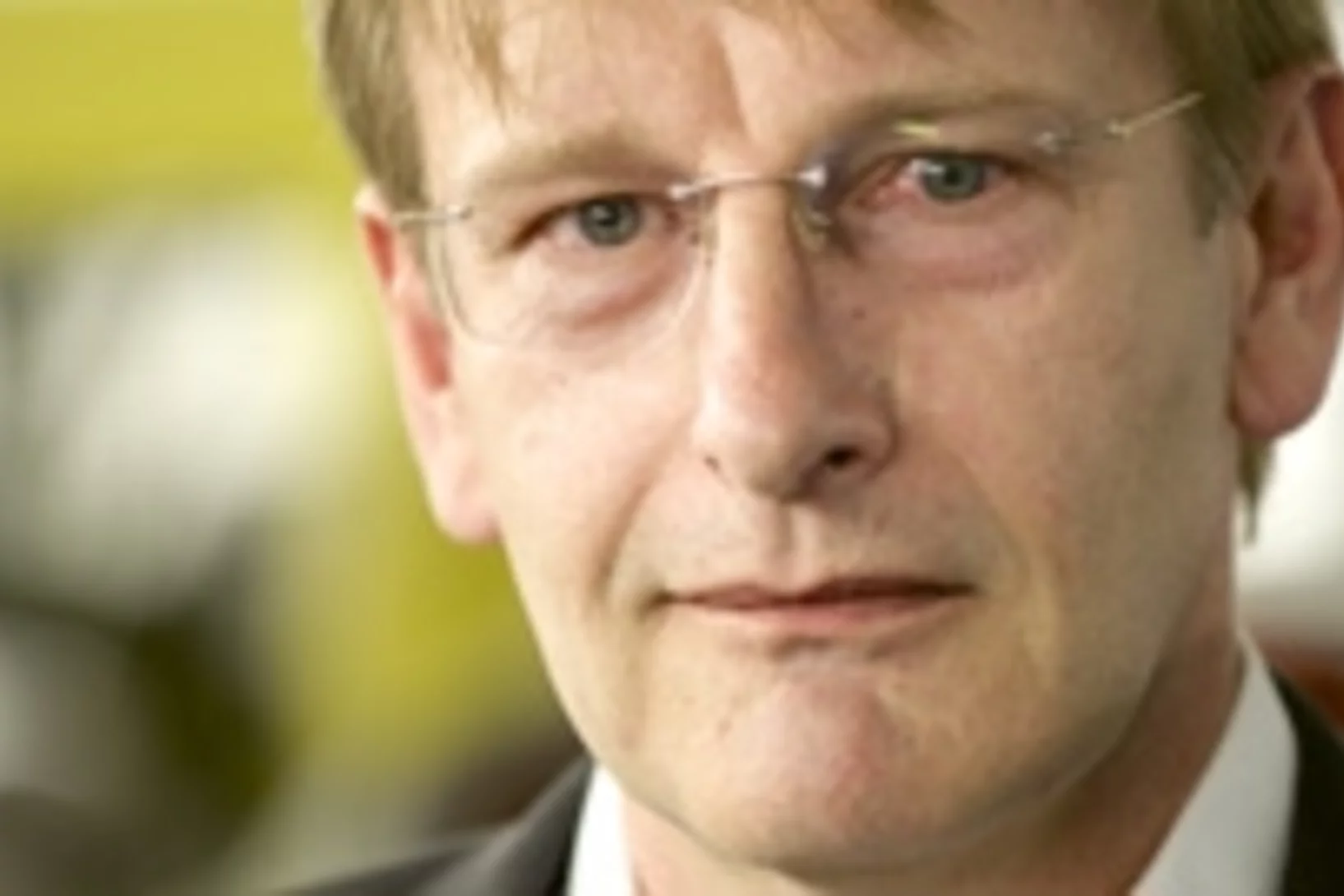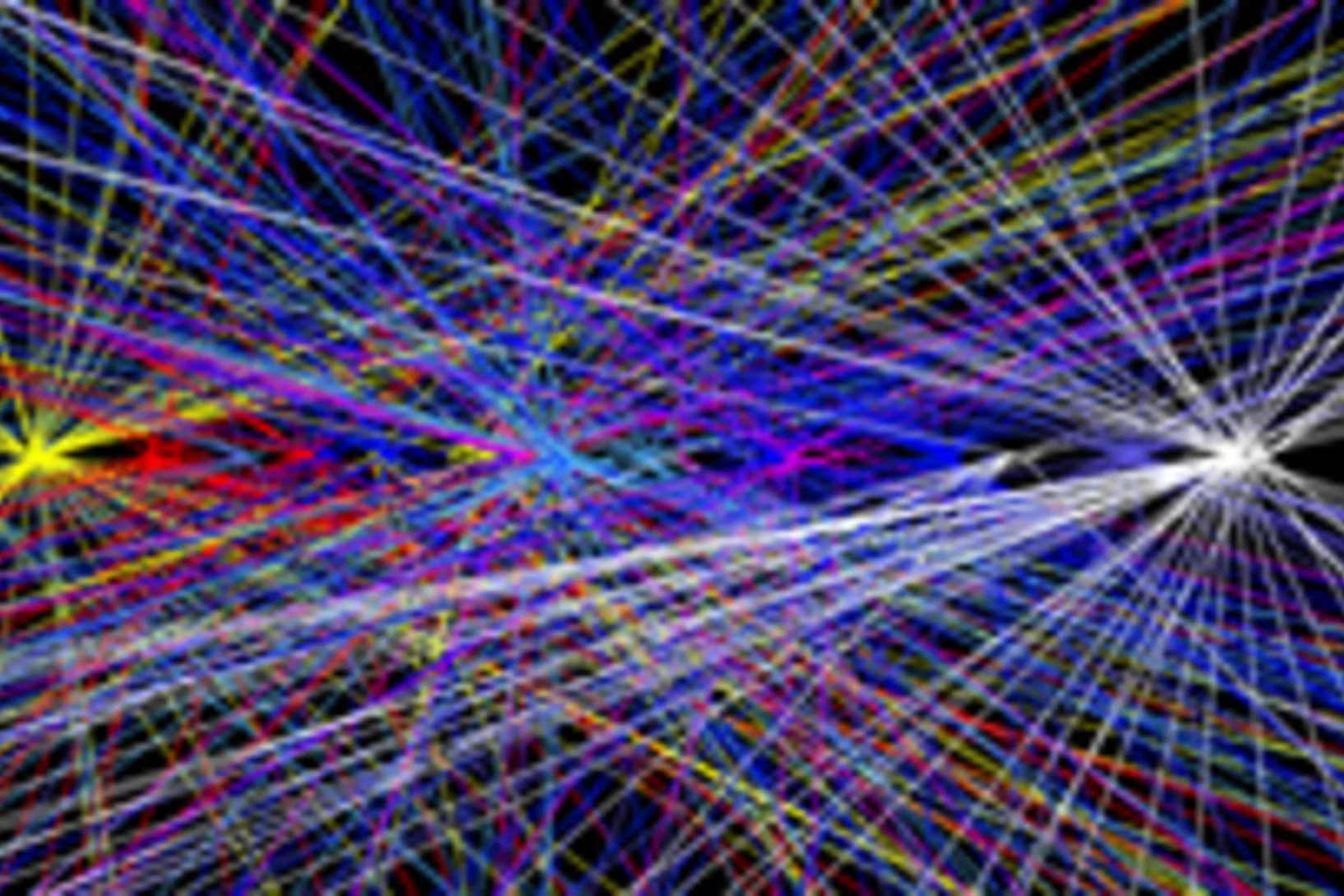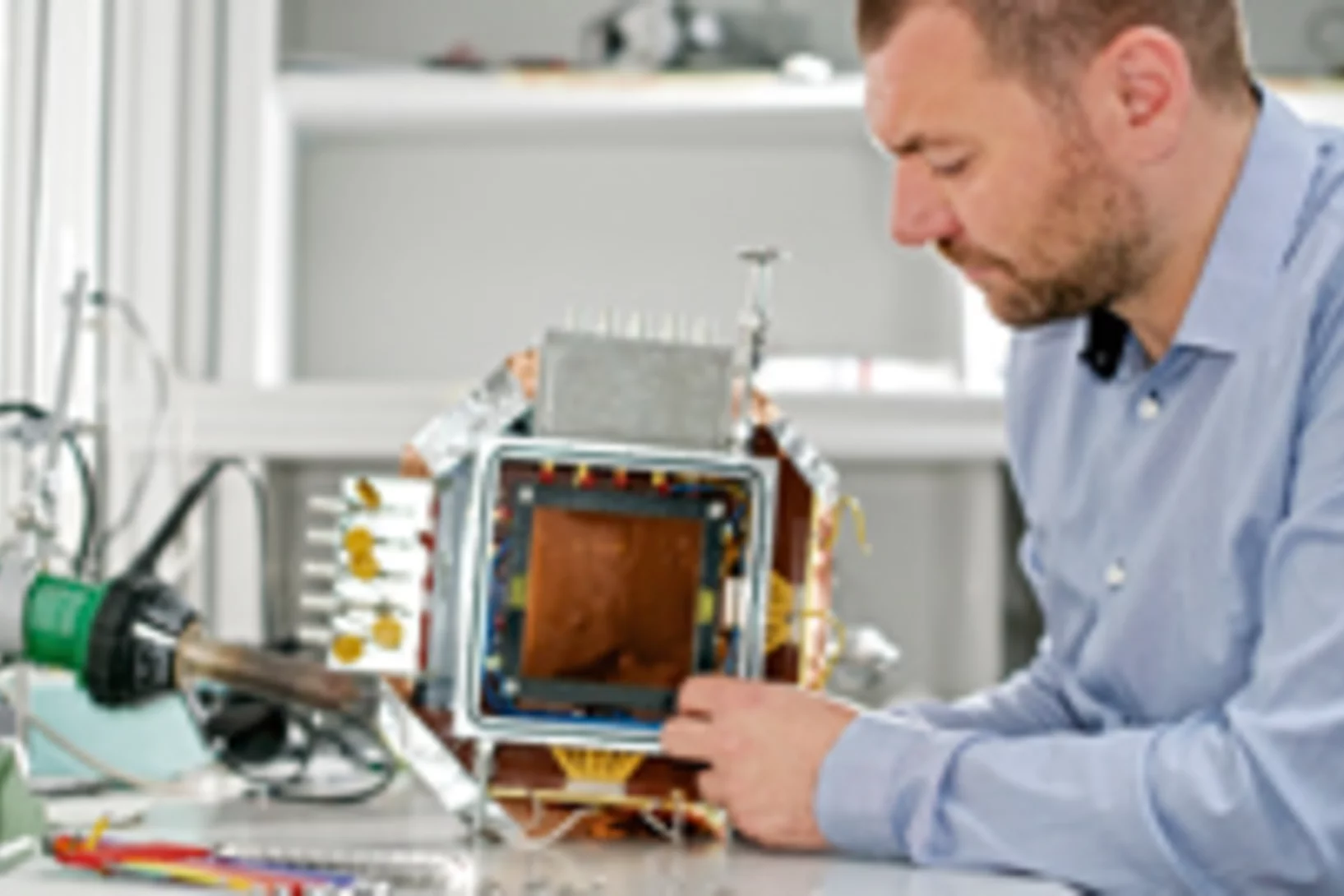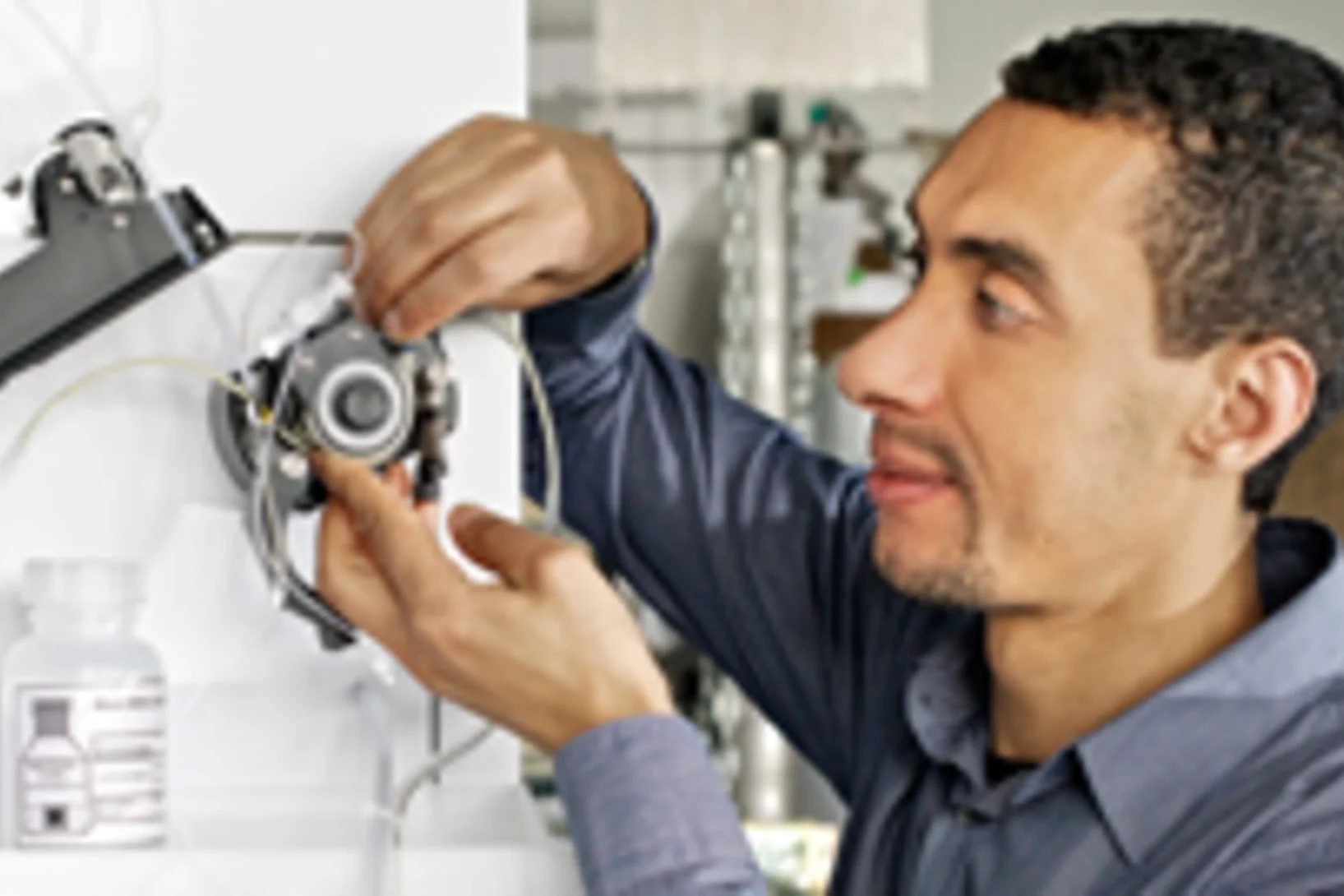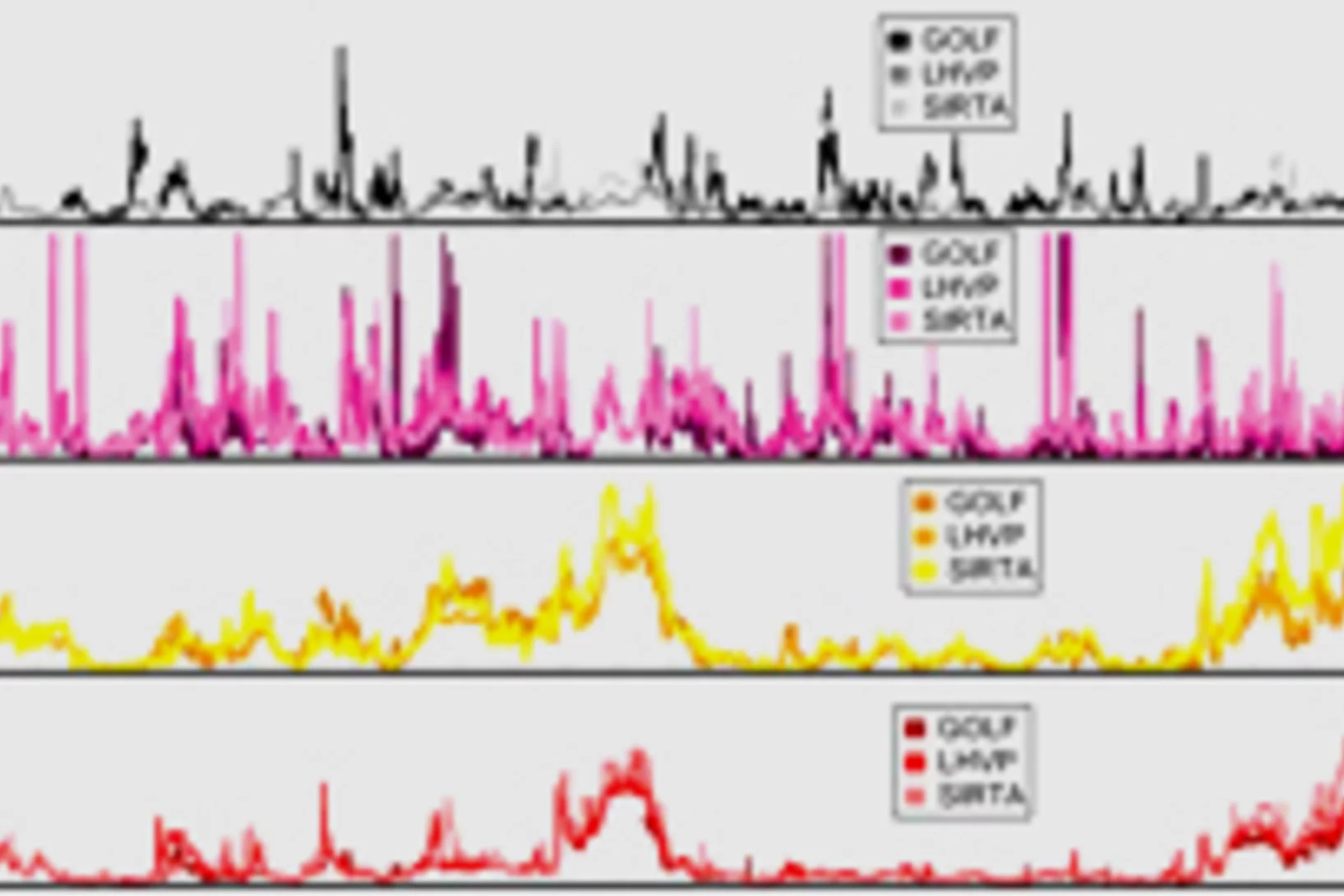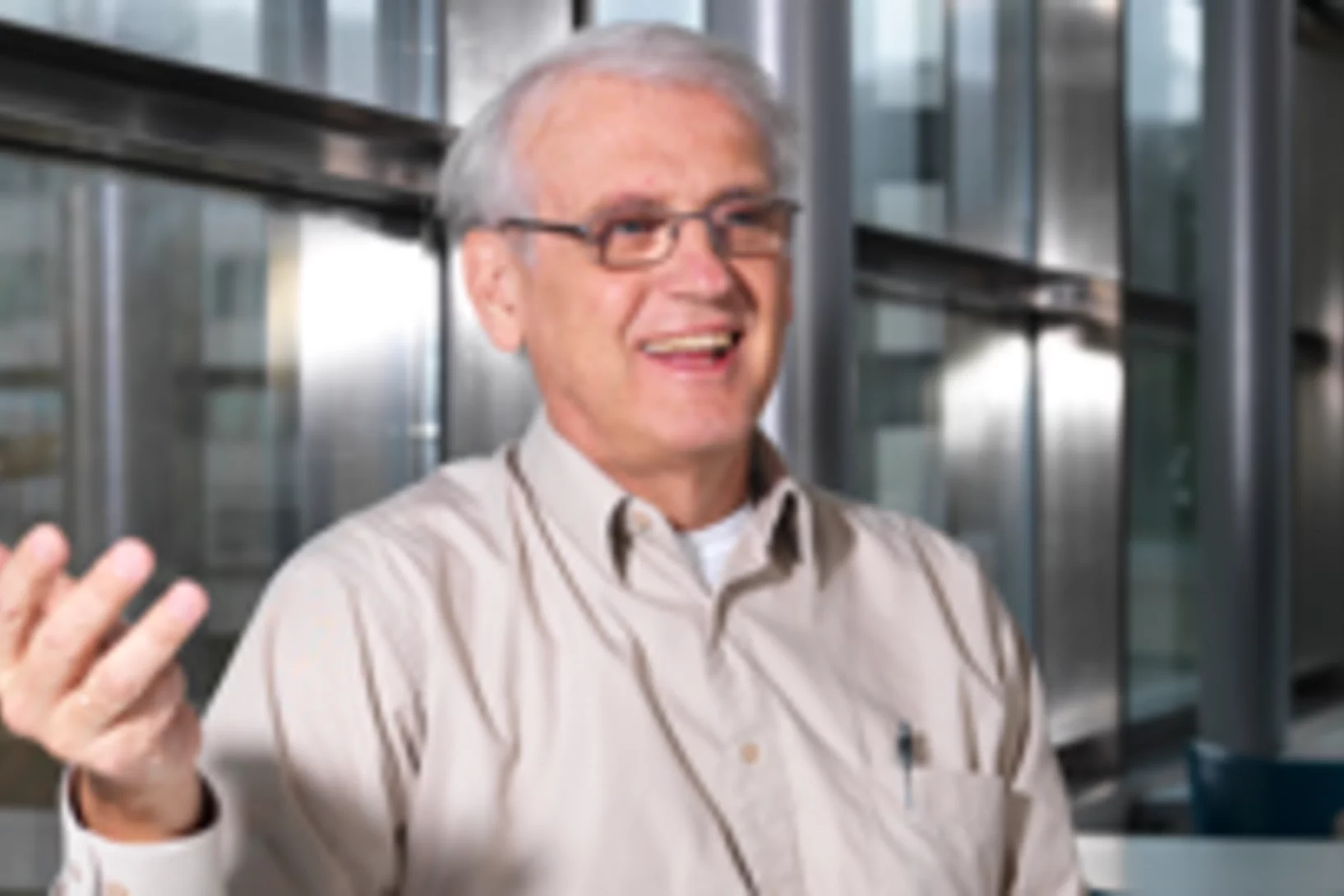PSI Stories
First SwissFEL accelerator structure completed
At the PSI, the first accelerator structure has been completed for the linear accelerator of SwissFEL. A total of 104 of these structures are needed to accelerate the electrons to the required energy to produce the X-ray pulses in SwissFEL. The component manufactured using high-precision technology is currently undergoing high-performance testing.
Knowledge for tomorrow from "hot cells"
The manipulation and examination of irradiated and therefore radioactive objects, be they from nuclear power stations or research facilities, requires strict safety measures. Tests may only be conducted in so-called hot cells, where the radioactivity is hermetically enclosed and shielded behind concrete and lead walls up to 1 metre thick. In the hot cells of the PSI hot lab, the burnt-off fuel rods from the Swiss nuclear power stations are studied from a materials science perspective. The insights gained help nuclear power station operators to optimise the efficiency and safety of their plants. Besides this service, the hot lab is involved in several international research projects.
The cleanest place at the Paul Scherrer Institute
Highly sensitive processes take place in the cleanrooms of the Paul Scherrer Institute (PSI) as a single dust particle in the wrong place could have disastrous consequences. Here is a glimpse behind the scenes in rooms that are so clean even pencils are prohibited.
Not a drop too much
The supply of a vapour saturated gas mixture plays a crucial role in many industrial processes. In this way, for example, the emission of nitrogen oxides during diesel combustion can be reduced by ensuring high vapour saturation of the gas mixture. A scientist at the Paul Scherrer Institute has come up with an invention which enables this to be implemented industrially in the future via a simple, flexible and robust technique.
Searching for the Higgs boson: PSI inside
Higgs Particle Found announced the media triumphantly in July 2012. But for Roland Horisberger, particle physicist at PSI, this was a premature conclusion: It will take at least another five years before we can be sure of that. Whatever the findings à whether this is the original Higgs boson, or only one of the theoretical Higgs-like particles à one can surely put a tag on them that reads PSI inside.
Fast neutrons for improved safety
Neutrons are an excellent tool for the non-destructive imaging the interior of objects. They can provide a valuable complement to the more widely used x ray radiography. For some materials that are virtually opaque or for those that cannot be distinguished by X-rays, neutrons provide the only informative dissection tool. However, neutron radiography is mainly confined to the laboratory and fixed facilities, because neutron generation relies on equipment like nuclear reactors or particle accelerators, which are costly, complex and cannot be moved. Scientists at the Laboratory for Thermohydraulics at the Paul Scherrer Institute PSI want to develop a more flexible imaging technique based on fast neutrons.
Waste incineration: the last word in cleanliness?
Household waste always used to end up left untreated in landfills, and the effects of this practice are well-known: these waste disposal sites were quite often ecological "death zones". With the incineration of municipal waste, there was some mitigation of this problem: despite the overall increase in quantities of waste, the areas claimed by landfill have been limited in recent decades thanks to waste recycling and incineration. However, waste incineration remains far from a panacea. Some combustion products that are already present in the burnt materials or that arise just during the combustion process itself are harmful to human health and the environment and some of them still find their way out of waste incineration plants and into landfill sites as their final destination.
Experiments in millionths of a second
Muons à unstable elementary particles à provide scientists with important insights into the structure of matter. They provide information about processes in modern materials, about the properties of elementary particles and the nature of our physical world. Many muon experiments are only possible at the Paul Scherrer Institute because of the unique intense muon beams available here.
Air quality in the megacity Paris: better than expected
Megacities are often perceived by the public to be major sources of air pollution, which affect their surroundings as well. However, recent studies show that the environmental credentials of cities with over one million inhabitants are not so bad after all. An international team of researchers, including scientists from the Paul Scherrer Institute (PSI), has now confirmed, on the basis of aerosol measurements carried out in Paris, that so-called post-industrial cities affect the air quality of their immediate surroundings far less than might be thought.
The idea-collector
The X-ray laser SwissFEL will provide researchers with novel experimental opportunities for gaining insights into a large variety of materials and processes. But, how do we identify which scientists will benefit most from the facility and in what way the facility should be configured to best meet their needs? Bruce Patterson, the SwissFEL’s idea-collector, explains how this search is done.


